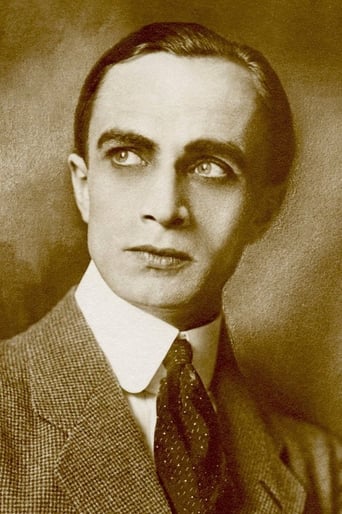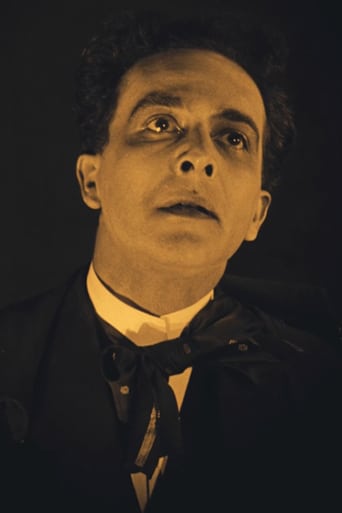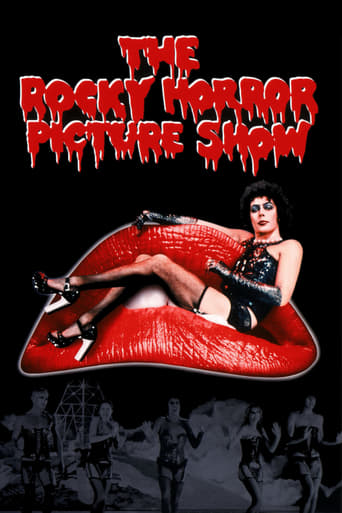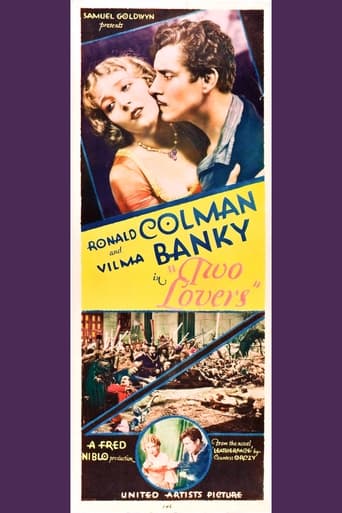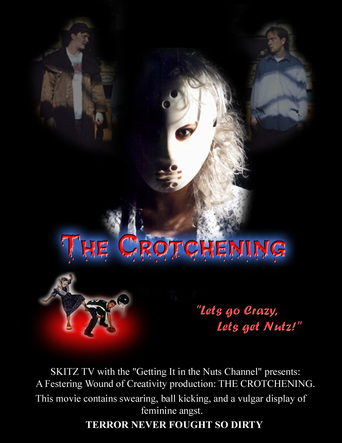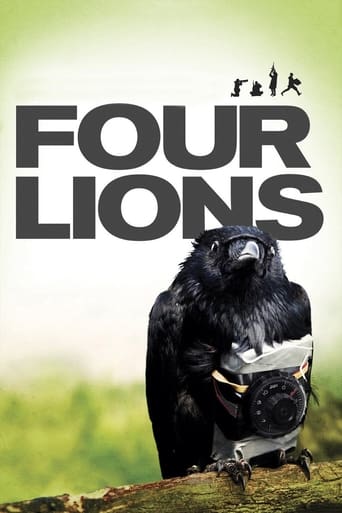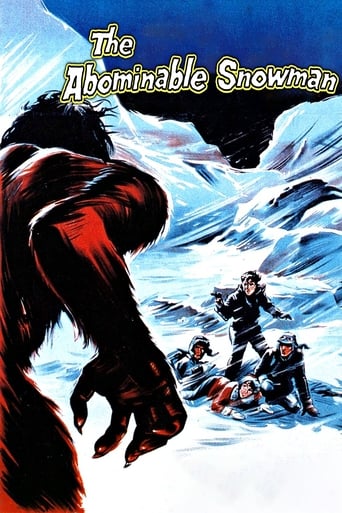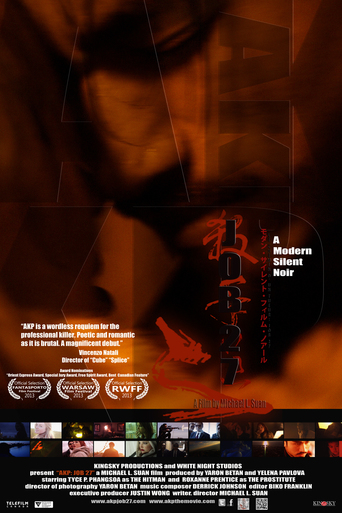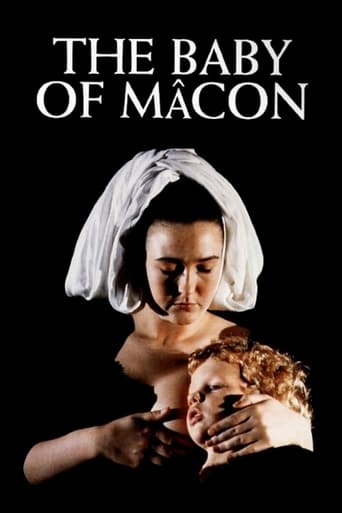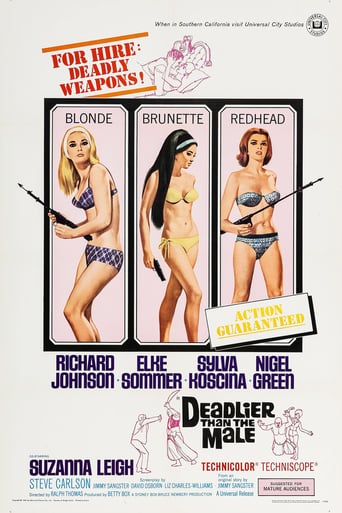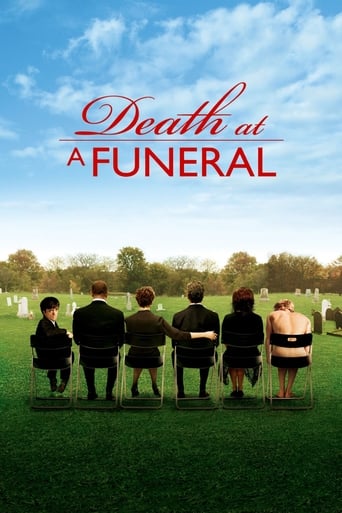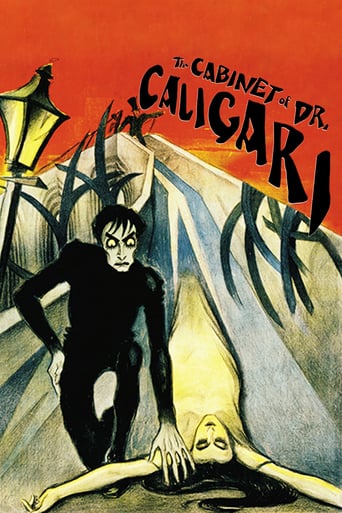
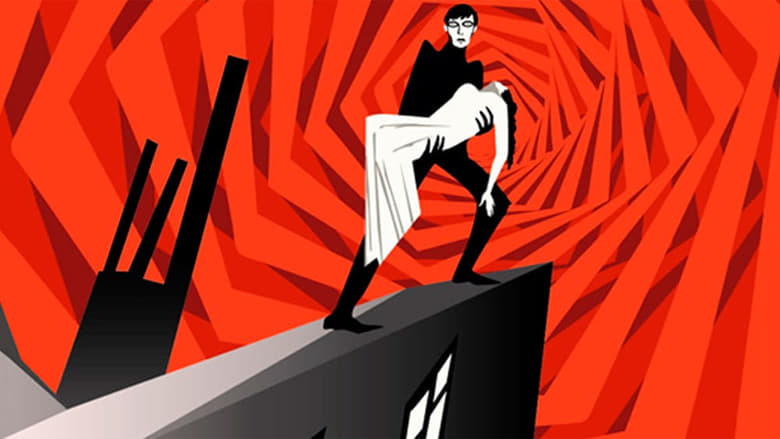
The Cabinet of Dr. Caligari (1921)
Francis, a young man, recalls in his memory the horrible experiences he and his fiancée Jane recently went through. Francis and his friend Alan visit The Cabinet of Dr. Caligari, an exhibit where the mysterious doctor shows the somnambulist Cesare, and awakens him for some moments from his death-like sleep.
Watch Trailer
Cast


Similar titles
Reviews
billed as "the first true horror film" by critic Roger Ebert, Das Cabinet is the first in the list of horror and Halloween-themed films i've watched this October to make me dread my own mortality, for the prospect that i might never view it again the settings are mesmerising and create the sense that you're looking at a feature-film-length stop motion Expressionist painting. if i'd known nothing about it and you'd presented it to me as early Tim Burton, whose stylised settings and character designs bear strong resemblance to German Expressionist cinema of the 1920s, i'd have believed you and credited it as by far his best work inspired by the screenwriters' experiences during World War I and subsequent mistrust of authority, with Dr. Caligari representing, in the words of Hans Janowitz, 'the authoritative power of an inhuman state gone mad', the story is compelling even without the political subtext: a psychiatrist obsessed with an 18th century Italian mystic (Caligari) tries to emulate him by using a pathological sleepwalker to terrorise a German town i highly recommend the Friedrich-Wilhelm-Murnau-Stiftung's 4K restoration with hypnotic musical accompaniment by composer John Zorn that's sure to leave a lasting impression pairs well with Gorilla Glue #4
My review for the Kino-Lorber DVD of The Cabinet of Dr. Caligari: It would be a gross understatement to say the Cabinet of Dr. Caligari is one of the most influential films ever made. But it doesn't seem that way. Unlike something like John Carpenter's Halloween which has been ripped off so many times that one feels like they've already seen it upon first viewing, Caligari has a disturbing originality about it. Comparisons to Tim Burton or Rob Zombie music videos are fair, but they don't quite do justice to how extremely cracked the world view in Caligari is. Every object, whether it is a door or a building or a chair, is in fun house mirror mode with contours sharper than the finest blade. The actors are painted up to the point of vulgarity: check the title character's Bugs Bunny gloves or Conrad Veidt, who sports a look one would expect at a Nine Inch Nails or My Chemical Romance concert, not in a film made almost a hundred years ago. This is the kind of live action cartoon look that would, in our day and age, totally tank any chance of being taken serious, engaging an audience, or sharing a very real point. But it does. For some reason, all the art department hijinks work with the dramatic story not against it. Which might be why this film is remembered as both an important milestone in the development of both art house fair and escapist entertainment pieces: its relevance as the first German expressionist film and its intellectual depth are well known but equally important is its role as a pioneer horror film; bringing all the Gothic shadows, psychological terror, and even giving birth to the famous "twist" ending. All have become staples of the genre. If you doubt the role Caligari plays in development of the horror film, just look for images of Cesare carrying our unconscious heroine and compare back to Dracula, The Wolfman, the Swampthing, whatever. Its one of the most recognizable clichés in the genre. But on the other side of the spectrum, it is a brilliantly made film that many people see as the beginning of the era of German dominated cinema: within the next 7 years Germany would see Nosferatu, Metropolis, The Golem, the Last Laugh, Dr. Mabuse the Gambler, Genuine, etc. All pretty well put the foreign competition to shame. In fact if it weren't for the rise of Nazism, who knows how far Germany's hold on the cinema could have gone? The Cabinet of Dr. Calagari is public domain I believe and as such there a lot of versions floating around of varying quality. The Kino Classics DVD is the 4th version I have seen and I must say it far and away the best. I am very impressed by the numerous steps taken to smooth out the jump cuts, flickering lights, and various other damages to produce the best version possible. The textures on the sets and detail in the art have never been clearer and its presented in the color tinted style originally intended. In addition there are several special features of high quality, including an additional score, an image gallery, two featurettes detailing the before mentioned film restoration, and an excellent German documentary of the history of expressionism and how Germany went from the seat of modern art and culture to the tyranny of Hitler and how Caligari more or less predicted this would happen. Although I miss the audio commentary from the Image Entertainment release, this edition scores higher marksin every other category. And unlike much of Kino's releases, its reasonably priced and easy to find. A must own.
Surreal nightmare. Being a silent movie, visuals count for all, and here they add up to a world of eerie imagination. I gather the production had meager funds, so the sets amount to a triumph of artistry over budget. Note how effectively the angular contours intensify the ghastly mood. Oh sure, the acting—if you want to call it that—is resoundingly florid, to say the least. Of course, exaggeration was unavoidable since narrative could not depend on dialogue, nor endless rounds of caption interruptions. As a result story is sometimes hard to follow, and probably subtleties in the story were lost on viewers like me. But, oh boy, for folks stuck on eye shadow, there's enough here to keep a mascara factory going full blast. The eyes definitely have it. Note, however, that the amount and kind of eye shadow pretty much defines the character. So it's not just for show. Anyhow, the 67-minutes counts for more than a milestone in movie-making. It's still an unreal visual experience.
The first feature-length horror movie ever made (not counting the hundreds of shorts made in the previous two decades, usually under five minutes each), this is classic stuff and rightly so. With an age-barrier of nigh on a century you might think that this movie, seen today, is very dated, and you'd be right. The lack of dialogue (although there's a fine music score), the theatrical acting and static direction may make this movie an effort to watch but the effort is well worth it. My main problem with these older films is that sometimes they can be very boring with little action, but that's not a problem here; the pacing is fast and the film is short which makes the time fly by.The plot, involving Caligari and his murderous somnambulist, may seem deceptively simplistic at first glance, but there are lots of little tricks thrown in to fool the viewer. Also, other characters whose lives act as other plot strands, flowing in and out of the central thrust of the story. All this and a twist ending to boot.The acting is generally top-notch, if you allow for the acting style of the period. Werner Krauss makes the most of his bookish Caligari, complete with horn-rimmed glasses and odd-looking attire; his outlandish and very atypical character makes him highly watchable. Stealing the show, though, is a very young Conrad Veidt (later to go on and pursue a successful Hollywood career) playing the somnambulist, around whom most of the action is centred. Veidt's striking appearance (black clothing, white eyes, black sunken eyes) fits together well with his understated acting approach so that he appears very deathly and almost like a living corpse; just looking at him gives you the creeps. The supporting characters are humane and normal and thus forgettable, but fine.What is most striking about this movie are the sets, most of which were constructed form paper or cardboard. The abstract drawings, and the oddly surreal, angular walls create a visually stimulating fantasy world for the sinister events to take place in. Much has been made of the "painted shadows" employed to give the movie more of a balance between black and white and the effort pays off. Karl Freund's photography certainly brings out the atmosphere of the sets and they're unforgettable. Like Tolkien did with Lord of the Rings, all involved with the making of this film transpired to create a believable fantasy world which is similar to, yet very different, from our own; an alternate reality perhaps. Whatever the motivation, the expressionist art displaying itself here made the movie a classic.Seen today, the horror is subtle and all of the murders offscreen (aside from one memorable shadow-play). A far cry from the movies of today and, indeed, the wealth of absurdly violent (heads, bodies being chopped apart) shorts made in the early 1900s. Yet the image of Veidt stalking his victims through long corridors have undoubtedly influenced all that has come after it, from Lugosi's Dracula to Michael Myers in HALLOWEEN. Altogether, THE CABINET OF DR. CALIGARI is a horror classic which should be seen at least once by any fan with a passing interest in the genre, or indeed in the cinema, as this is a highly influential and important film in every respect.



